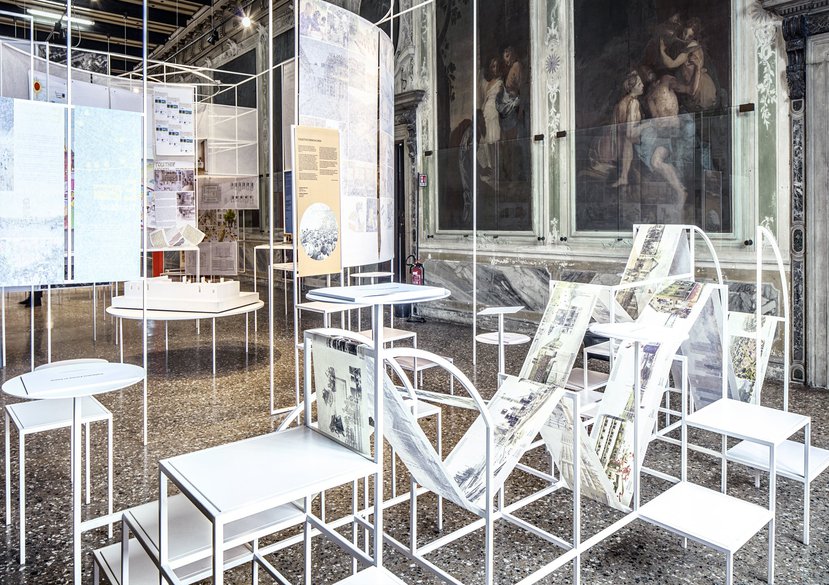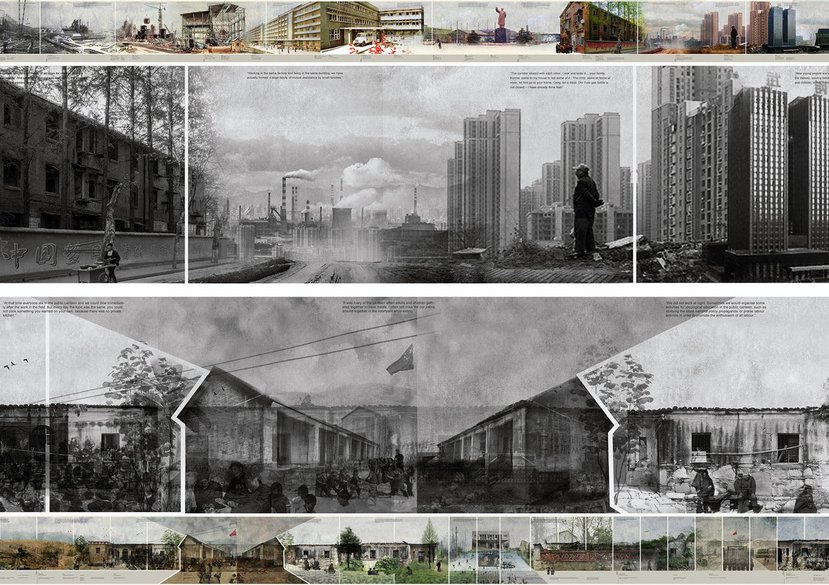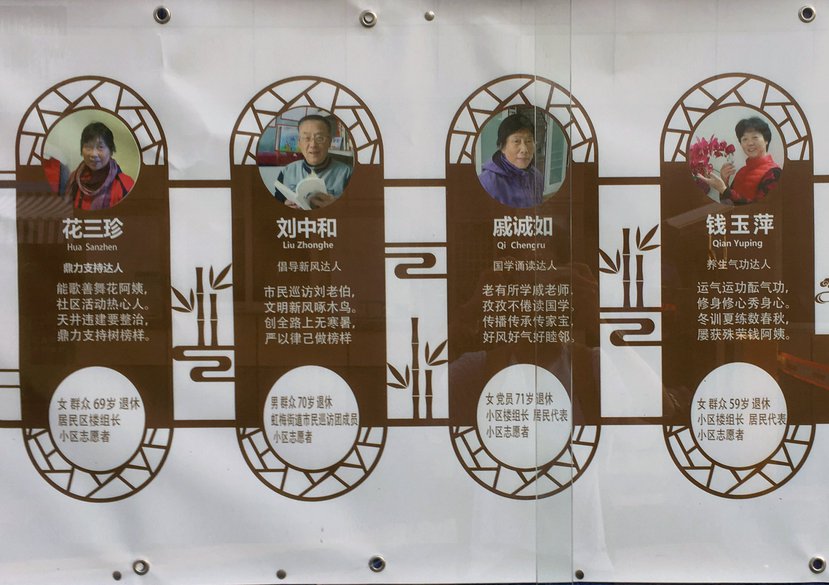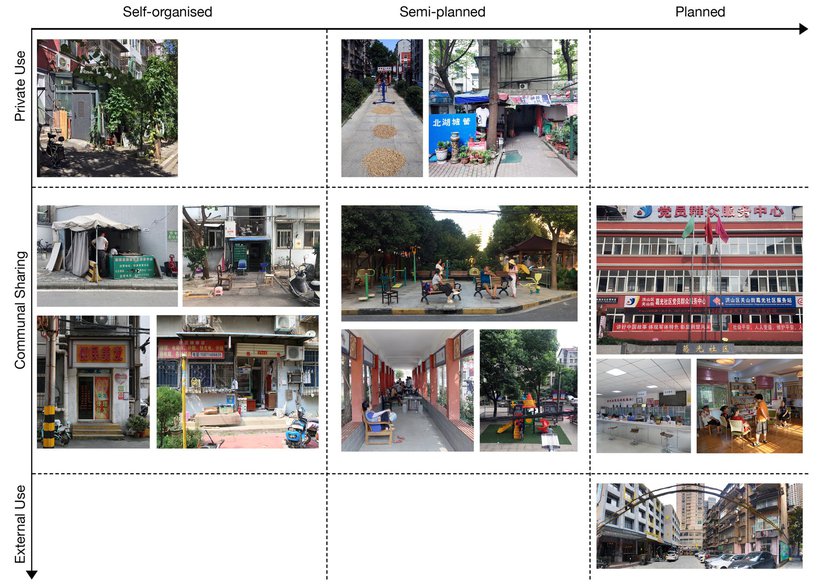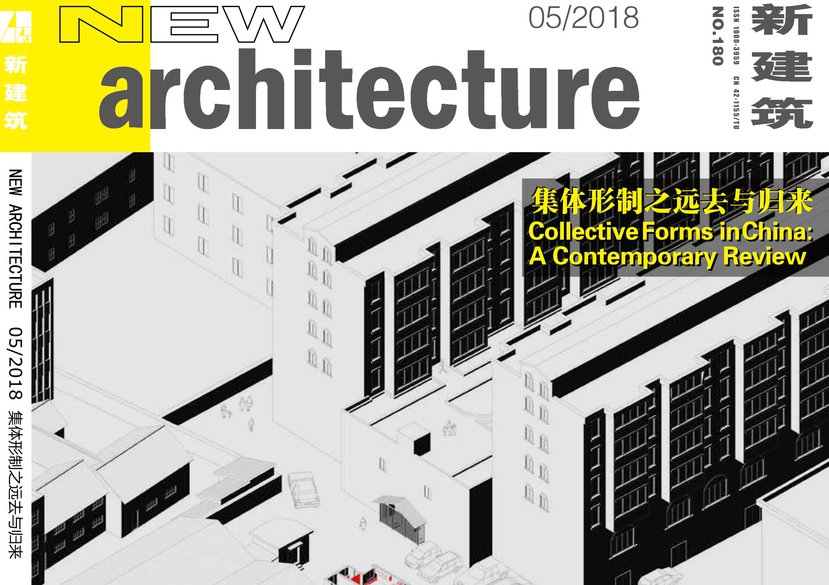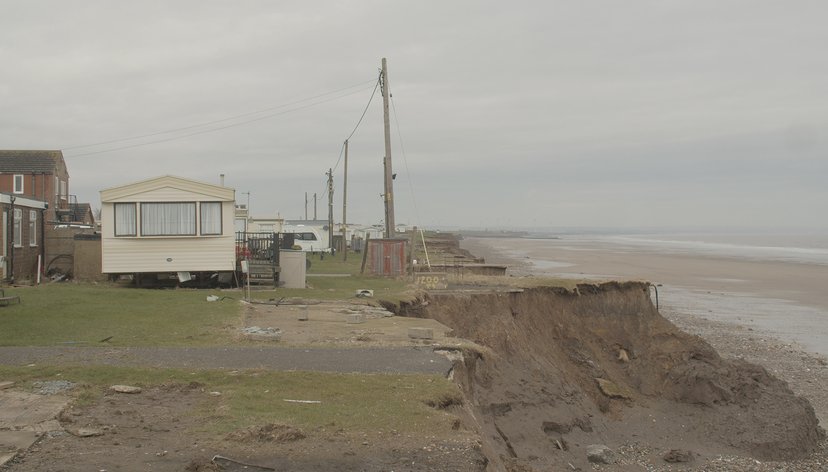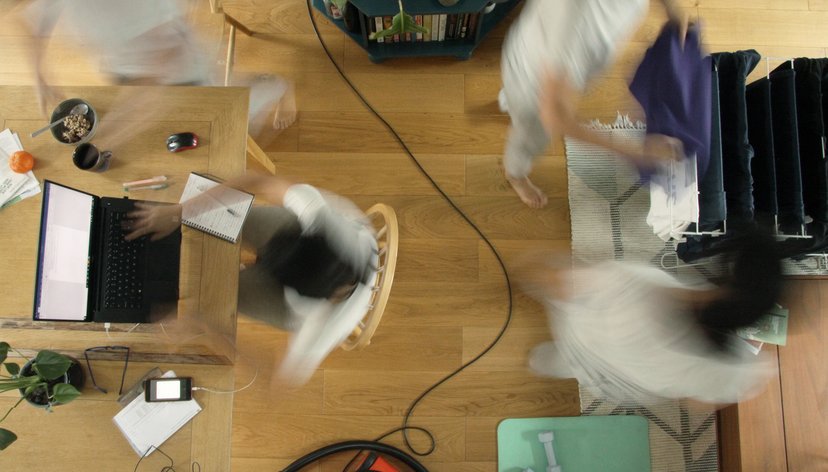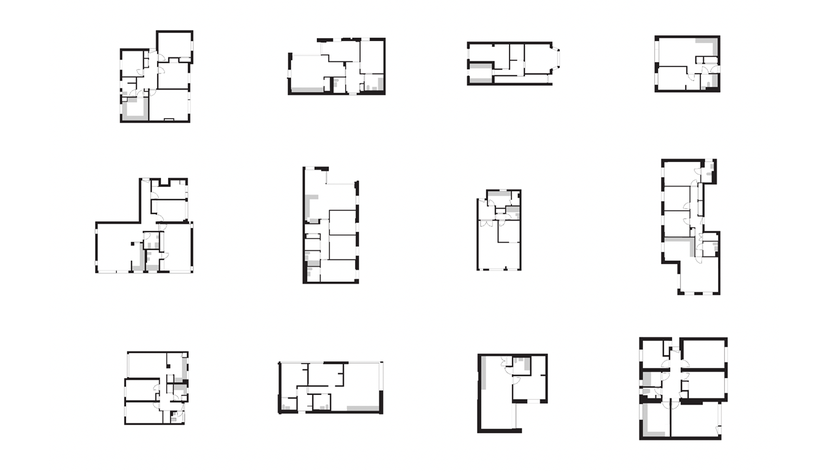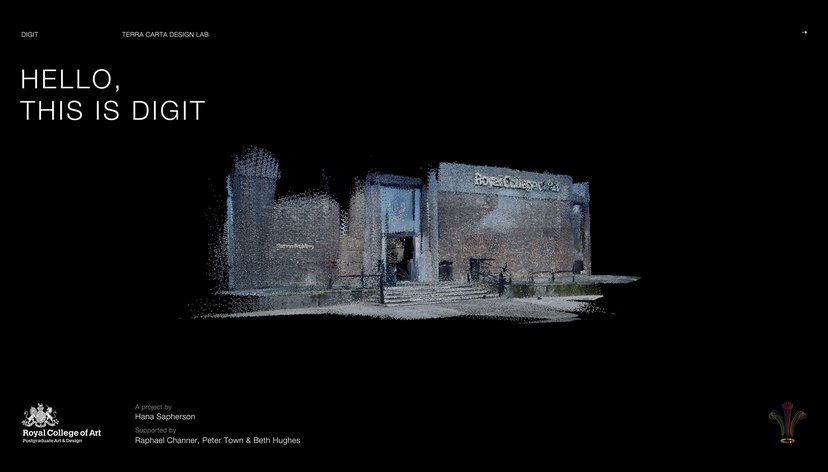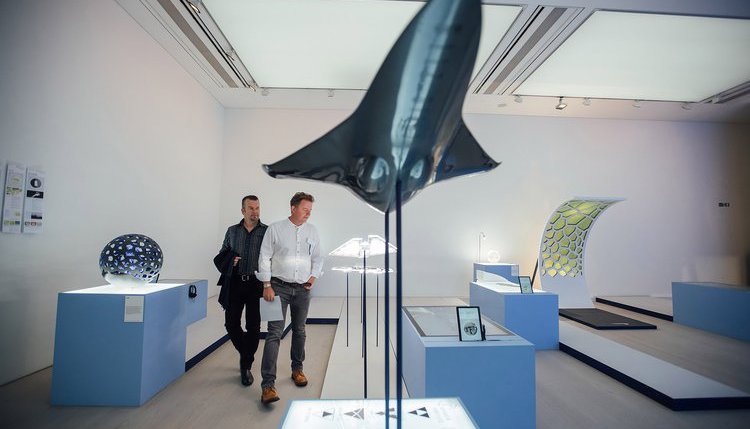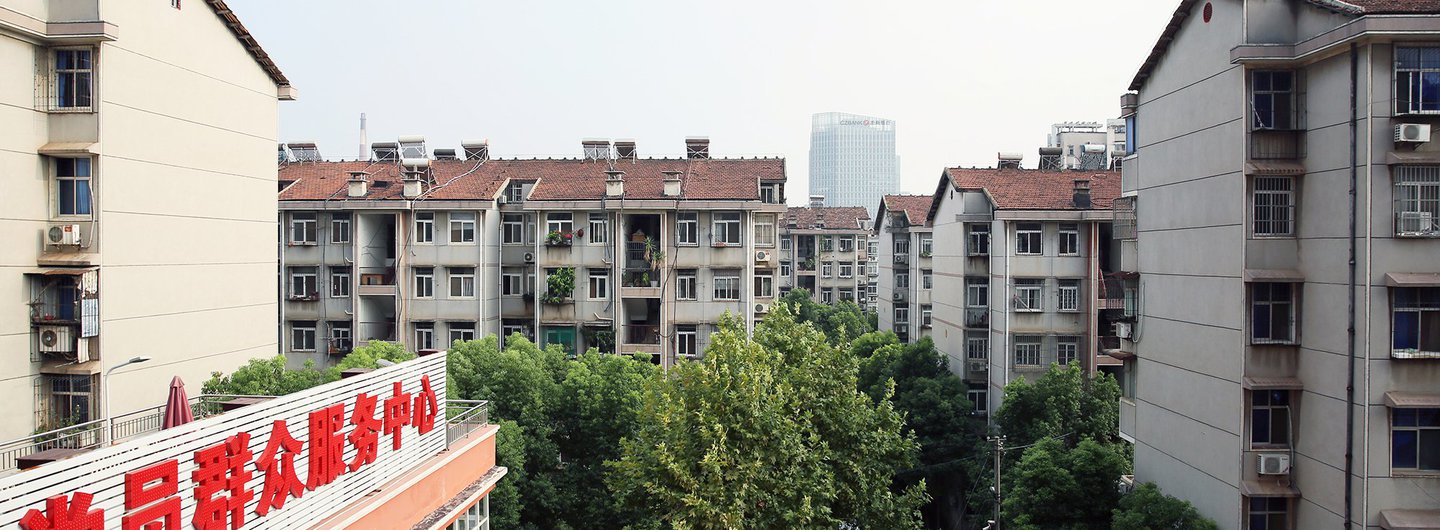
Neighbourhood Transformations, Spatialised Governmentality and New Communities in China
This project examined how social projects, spaces, and realities shape three contexts critical to understanding urban design and planning in China: modes of governmentality; the history of collective spatial development models in relation to current community development; and socio-spatial changes in urban and rural developments.

Key details
Gallery
More information
The project
The project specifically studied the transformations between collective forms, communal development, and spatialised governmentality in the People’s Republic of China to clarify how spatial design is instrumental to government to shape collective subjectivities and a sense of community and place.
Based on fieldwork and reviews of historical cases, the project conducted a comparative study on how changes in planning, administration, and public service provision resulted in significant social, spatial, economic, and political transformations – from a period of collectivisation to the economic reform era to current community building agendas.
Based on this analysis, the project developed a new distinction between public and collective spaces and services to define epistemological differences, but also differences in urban experience, in China to that in the West. These conceptual and spatial findings have been critical to explain how Chinese collective forms and collective subjectivities are distinct from the predominant idea of individual subjectivities and public spaces in the West.
The Chinese activity-based collective space offers an alternative framework to conceptualise shared spaces in associational terms in relation to identifiable constituencies and their shared activities. These constituencies rely on interpersonal social networks that often include aspects of social care and support. In this way, the project proposed a new interdisciplinary understanding of urban design theory and practice, as well as a new framework to analyse socio-spatial development processes in China.
Activities
Symposia and Workshops
Wuhan, 3–4 July 2018, in collaboration with Huazhong University of Science and Technolog
Beijing, 8–10 September 2018, in collaboration with Tsinghua University, The Global School and MAT Office
London, 6–7 December 2018, Royal College of Art.
Exhibitions
Collective Forms in China, Venice Architecture Biennale, May–October, 2018 (as part of the Across Chinese Cities – The Community series)
Seoul Biennale of Architecture and Urbanism, Korea, forthcoming 2019
Outputs
Book
Jacoby, Sam, and Jingru Cheng, eds., The Socio-spatial Design of Community and Governance: Interdisciplinary Urban Design in China (Springer Nature/Tongji University Press, forthcoming 2020)
Journal Special Issue
Jacoby, Sam, Jingru Cheng, and Gangyi Tan, eds., ‘Collective Forms in China: A Contemporary Review’, special issue of New Architecture (Xin Jianzhu), 5 (Oct 2018)
Article
Jacoby, Sam, ‘Collective Forms and Collective Spaces: A Discussion of Urban Design Thinking and Practice Based on Research in Chinese Cities’, China City Planning Review, 28.4 (Dec 2019), 10–17
Ask a question
Get in touch to find out about School of Architecture research projects.
[email protected]

